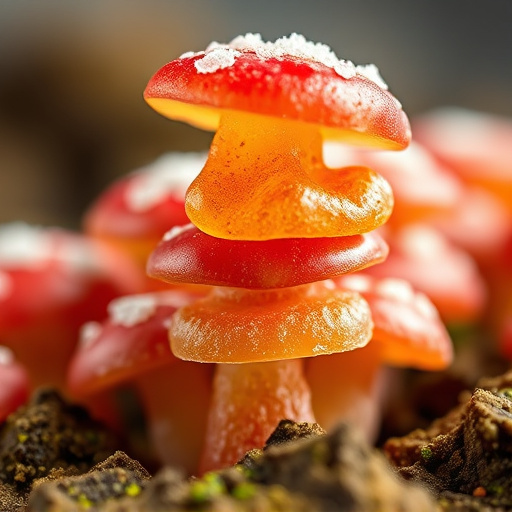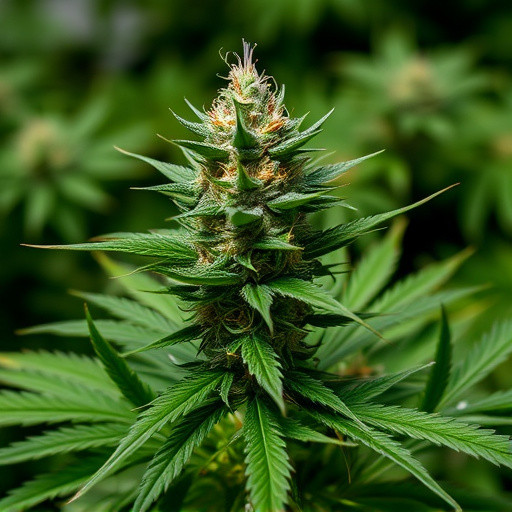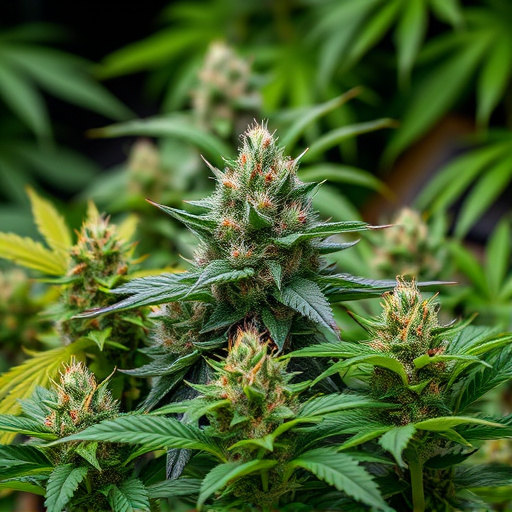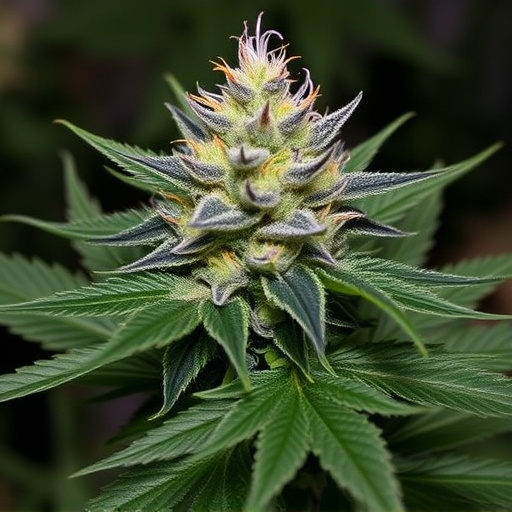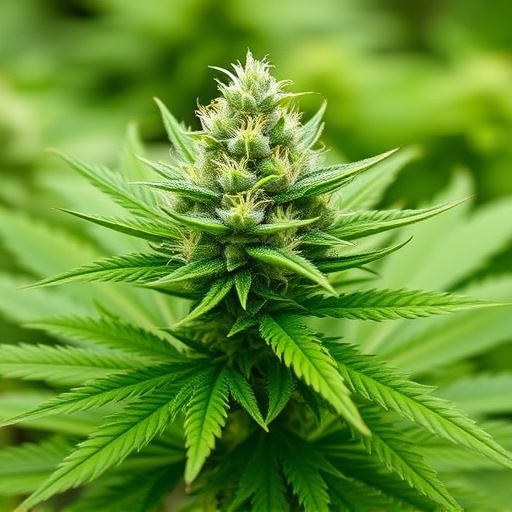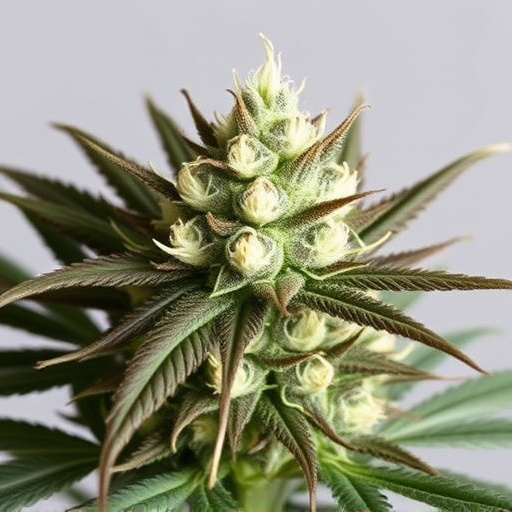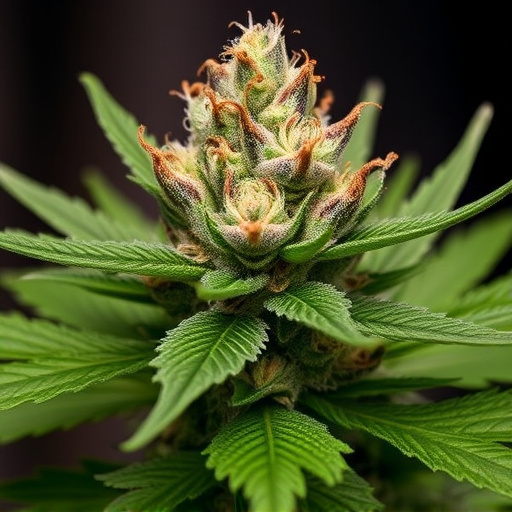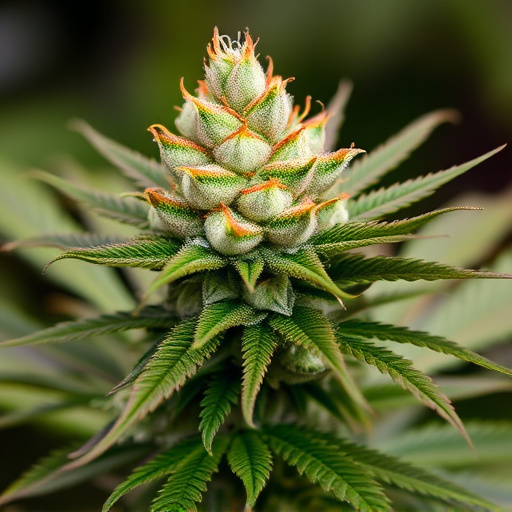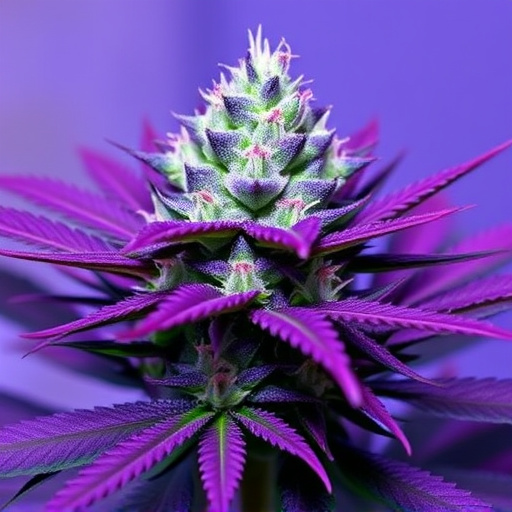The impact of THC on the body varies greatly among the top 100 cannabis strains, with some exceeding 30% THC, intensifying both benefits and risks. While THC offers medical advantages by interacting with the endocannabinoid system, excessive use can cause anxiety, paranoia, and cognitive issues, particularly for new users or those with low tolerance. Understanding individual strain profiles and personal biochemistry is crucial for safe and effective navigation of these potent top 100 cannabis strains.
“Unveiling the profound impact of high-THC strains on both mind and body is essential in today’s cannabis landscape. With THC levels reaching new heights in the top 100 cannabis strains, understanding their effects becomes paramount for consumers. This article delves into the intricate relationship between THC and physiological responses, exploring short-term and long-term health implications.
Additionally, we examine the strain’s influence on mental health, shedding light on its impact on brain chemistry and mood disorders. From bustling high-THC strains to their unique attributes, this comprehensive guide offers insights for informed decisions, ensuring a harmonious interaction with cannabis.”
- THC Levels and Their Impact on the Body
- – Understanding THC and its effects
- – Physiological responses to high-THC strains
THC Levels and Their Impact on the Body
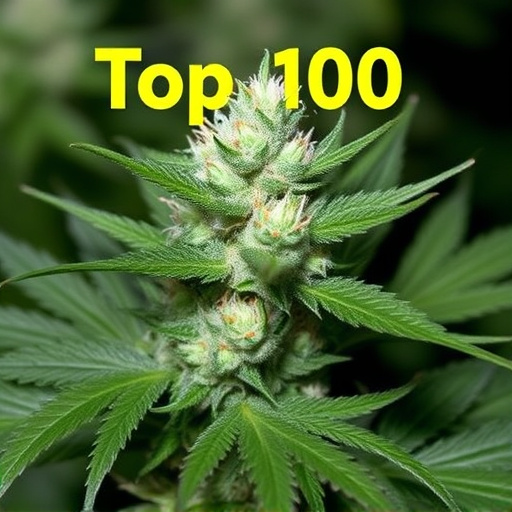
The impact of THC, or Tetrahydrocannabinol, on the body is closely tied to its concentration in various cannabis strains. Among the top 100 cannabis strains known for their high THC levels, some can contain up to 30% or more THC, significantly affecting physiological and psychological functions. Higher THC concentrations can intensify both the desired therapeutic effects and adverse reactions that users may experience.
When THC binds to the body’s endocannabinoid receptors, it triggers a cascade of responses. This interaction influences mood, memory, coordination, and sensory perception. In addition, it can stimulate appetite, alleviate pain, and reduce inflammation, making it valuable in medical applications. However, excessive THC levels may lead to increased heart rate, anxiety, paranoia, and cognitive impairments, especially in individuals who are new to cannabis or have low tolerance.
– Understanding THC and its effects
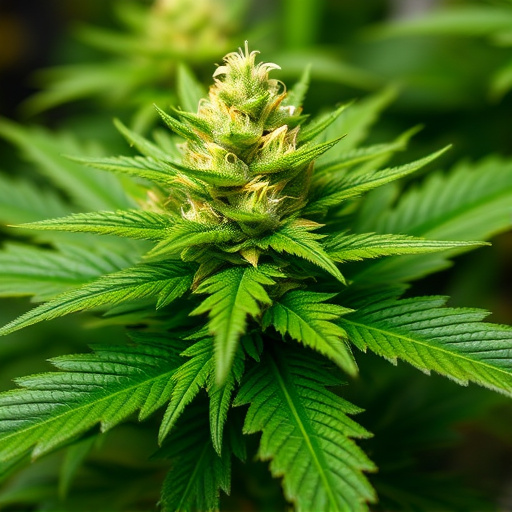
THC, or Tetrahydrocannabinol, is the primary psychoactive compound found in cannabis, responsible for its unique effects on both the mind and body. In the context of the top 100 cannabis strains, understanding THC’s role is essential as it varies significantly across different varieties. The substance interacts with our bodies’ endocannabinoid system, influencing mood, memory, appetite, and pain perception. When consumed, THC can induce a range of effects, from euphoria and relaxation to heightened senses and increased creativity. These experiences are often sought after by users looking for cannabis’s therapeutic or recreational benefits.
The potency of THC in modern strains has also evolved dramatically, with some high-THC varieties boasting levels exceeding 30%. This concentration can lead to more intense effects but may also pose risks, especially for novice users. Different cannabis strains offer diverse THC profiles, allowing individuals to choose based on desired outcomes, whether it’s a relaxing evening or a boost in creativity. Understanding the interplay between THC and individual biochemistry is key to navigating the top 100 cannabis strains effectively and safely.
– Physiological responses to high-THC strains
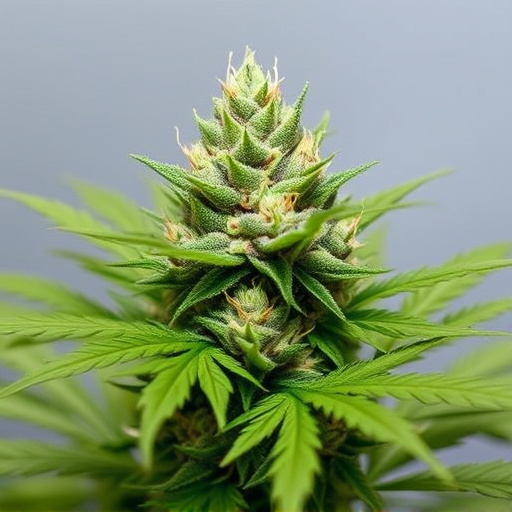
The physiological responses to high-THC strains can vary greatly among individuals, but certain patterns emerge from extensive research and user experiences. When consumed, THC interacts with the endocannabinoid system (ECS), which regulates various bodily functions such as mood, memory, appetite, and pain perception. High concentrations of THC can stimulate the ECS, leading to a range of effects, both positive and negative. In many cases, users experience heightened senses, increased heart rate, relaxation, and euphoria—a signature experience often sought after in the top 100 cannabis strains.
However, excessive THC exposure may also trigger adverse reactions like anxiety, paranoia, and cognitive impairments, especially in those new to cannabis or those consuming high-potency products. These physiological responses underscore the importance of understanding one’s tolerance levels and starting with lower doses when exploring potent strains from the top 100 cannabis strains list.
In understanding the impact of high-THC strains, whether from the top 100 cannabis strains or otherwise, it’s clear that THC levels significantly influence both physiological responses and mental effects. The body’s endocannabinoid system plays a pivotal role in regulating various functions, and high-THC consumption can lead to intense interactions within this intricate network. While these effects may vary widely among individuals, recognizing the potential outcomes is crucial for informed decision-making when consuming cannabis products. Further research continues to shed light on the complex relationship between THC levels and human biology, offering insights that promote both responsible use and enhanced understanding of this multifaceted compound.



